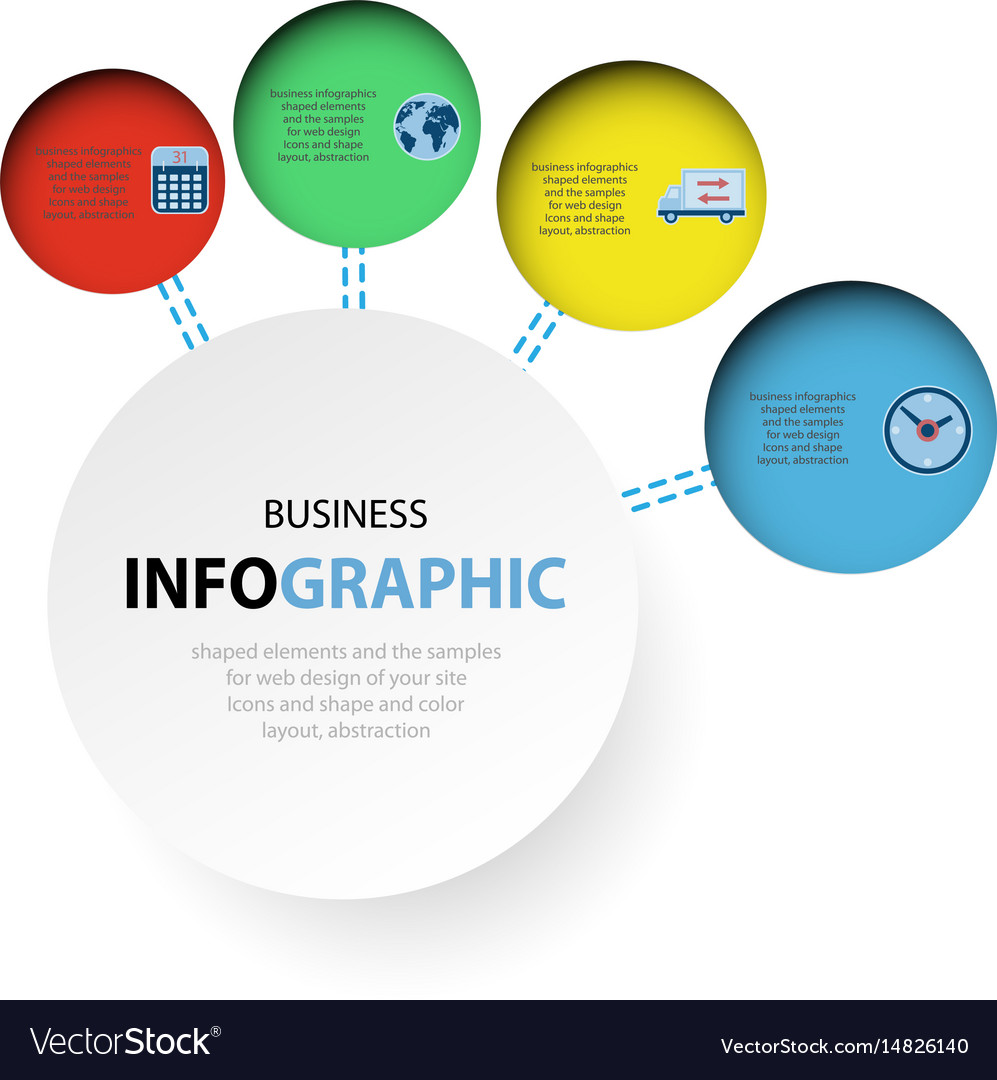Eager To Uncover Exactly How Web Site Design Has Changed With Time? Study The Development From Simplicity To User-Focused Experiences.
Eager To Uncover Exactly How Web Site Design Has Changed With Time? Study The Development From Simplicity To User-Focused Experiences.
Blog Article
Uploaded By-Carstens Bowles
In the past, internet sites were straightforward and focused on info. Navigation was direct, and style was for desktop computers. Currently, user experience is essential. Data guides styles for easy navigating. Receptive designs suit different gadgets. Today, dark setting lowers stress, and minimal menus boost navigation. Interactive attributes involve individuals, and bold visuals stand apart. AI assimilation increases interaction. See just how design has developed to improve your on-line journey.
Early Days of Website Design
In the early days of website design, simpleness reigned supreme. https://www.prweb.com/releases/2022/4/prweb18621643.htm were basic, with minimal colors, fonts, and layouts. The focus got on supplying info instead of fancy visuals. Individuals accessed the web via slow-moving dial-up links, so rate and functionality were vital.
Navigating menus were straightforward, commonly located on top or side of the page. Internet sites were developed for computer, as mobile surfing had not been yet common. Web content was king, and designers focused on simple readability over intricate layout elements.
HTML was the key coding language used, and developers had to function within its restraints. Computer animations and interactive functions were marginal compared to today's requirements. Sites were fixed, with little vibrant content or personalized user experiences.
Rise of User-Focused Design
With the evolution of site layout, a change in the direction of user-focused design concepts has ended up being increasingly prominent. Today, developing internet sites that prioritize individual experience is essential for engaging site visitors and attaining business objectives. User-focused layout entails understanding the needs, choices, and habits of your target market to tailor the internet site's layout, material, and features as necessary.
Designers now carry out extensive research study, such as user studies and use screening, to collect understandings and comments straight from individuals. This data-driven method helps in producing intuitive navigating, clear calls-to-action, and aesthetically enticing interfaces that resonate with visitors. By putting the user at the center of the design process, internet sites can provide a much more customized and satisfying experience.
Responsive style has likewise emerged as a vital facet of user-focused style, making certain that sites are maximized for different gadgets and screen sizes. This flexibility enhances availability and functionality, catering to the diverse means users connect with websites today. In https://kameronojcxq.blogsidea.com/36113326/unlock-the-tricks-of-social-network-marketing-approaches-for-success , the rise of user-focused style indicates a shift towards producing digital experiences that focus on the demands and assumptions of completion customer.
Modern Trends in Web Design
Discover the most recent fads forming website design today. One prominent trend is dark mode layout, supplying a streamlined and modern-day look while decreasing eye strain in low-light settings. Another essential trend is minimal navigation, simplifying food selections and improving individual experience by concentrating on essential elements. Incorporating micro-interactions, such as animated switches or scrolling results, can produce a more appealing and interactive website. Receptive style continues to be vital, guaranteeing seamless customer experiences throughout various devices. In addition, using strong typography and asymmetrical layouts can add aesthetic rate of interest and draw attention to particular content.
Integrating AI modern technology, like chatbots for client assistance or tailored recommendations, boosts individual interaction and improves procedures. Accessibility has additionally come to be a substantial pattern, with developers focusing on inclusive design techniques to cater to varied customer needs. Embracing sustainability by optimizing site performance for rate and effectiveness is another arising trend in web design. Collaborating with user comments and information analytics to repeat and boost style continually is crucial for staying appropriate in the ever-evolving electronic landscape. By welcoming these modern-day patterns, you can develop a visually enticing, easy to use web site that resonates with your audience.
Conclusion
As you review the advancement of website design from the early days to now, you can see how user-focused layout has actually become the driving force behind modern-day patterns.
Welcome the trip of modification and adaptation in website design, always maintaining the user experience at the forefront.
Remain current with the current fads and modern technologies, and never quit advancing your strategy to create aesthetically magnificent and easy to use web sites.
Evolve, adapt, and produce - the future of web design remains in your hands.
